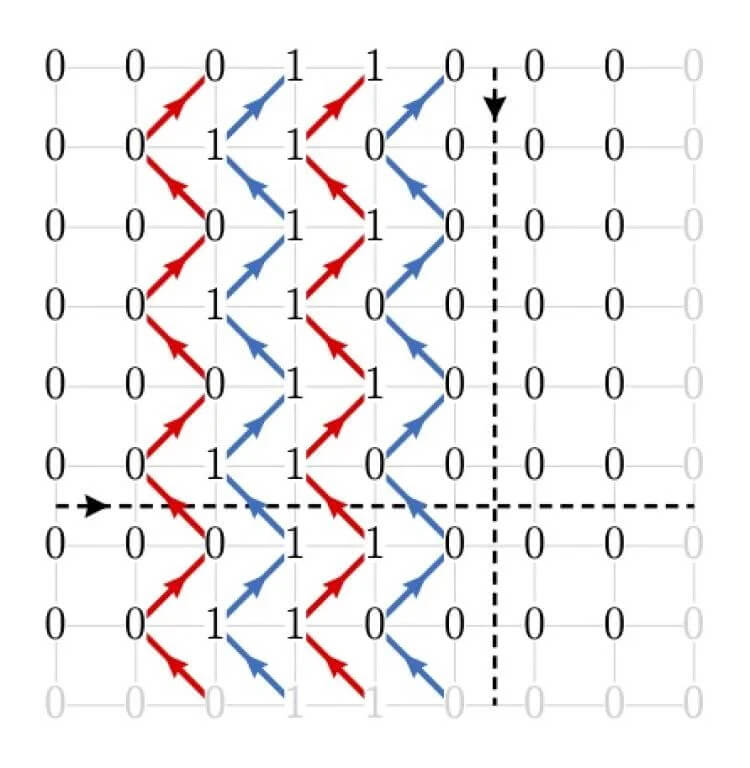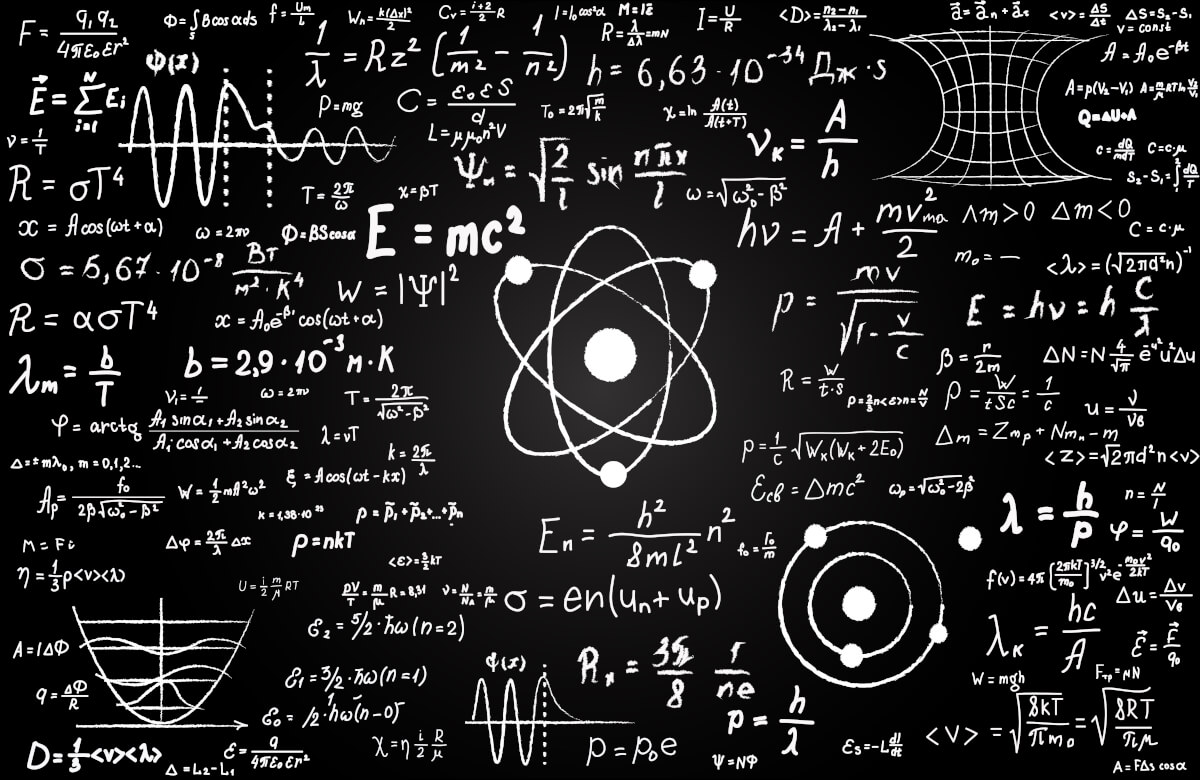BOULDER, Colo. — Your morning coffee is playing an important role in the world of quantum physics. Adding cream to a cup of joe can cause mesmerizing swirls, but imagine if it was for an indefinite period of time instead of a few seconds. Researchers at the University of Colorado-Boulder are now drawing a parallel between this tasty event and the potential advancements of quantum computing.
They have made a theoretical breakthrough, suggesting that quantum computer chips could be engineered to maintain information in a constant state, much like unending swirls in a coffee cup. This discovery could revolutionize how we approach data storage in quantum computers.
💡What Are Quantum Computers?
Quantum computers, unlike traditional computers, operate on qubits instead of bits. While bits represent data as zeros or ones, qubits, due to the peculiarities of quantum physics, can exist as zero, one, or both simultaneously. This unique capability allows quantum computers to perform complex computations at unprecedented speeds. However, qubits are notoriously susceptible to becoming jumbled, leading to disorganized and unusable data – a challenge akin to the settling of coffee swirls into a uniform brown liquid.

Scientists have proposed a solution to this instability. By arranging qubits in specific patterns, similar to a checkerboard, and bringing them in close proximity, they can influence each other in a way that preserves their initial state. This arrangement, the researchers suggest, could create a form of “quantum memory,” resistant to disturbances like magnetic fields.
“This could be a way of storing information,” says study author Rahul Nandkishore, an associate professor of physics at CU Boulder, in a university release. “You would write information into these patterns, and the information couldn’t be degraded.”
The study used mathematical models to envision an array of hundreds to thousands of qubits in tight configurations. In such a setup, individual qubits can affect their neighbors, preventing them from flipping states randomly. This concept, Nandkishore explains, is akin to squeezing people into a telephone booth, where movement is highly restricted.
Beyond quantum computers, this research touches on fundamental principles of physics. It challenges the concept of “thermal equilibrium,” where systems like a cup of coffee or an ice cube in water eventually reach a uniform state. Nandkishore’s work suggests that in certain conditions, systems can resist this equilibrium, potentially defying long-standing physical laws.
“The wonderful thing about this study is that we discovered that we could understand this fundamental phenomenon through what is almost simple geometry,” says Nandkishore.

While further experimental validation is required, the research team’s findings offer a promising avenue for developing more stable and efficient quantum computers, potentially leading to significant advancements in the field.
“We’re not going to have to redo our math for ice and water,” concludes Nandkishore. “The field of mathematics that we call statistical physics is incredibly successful for describing things we encounter in everyday life. But there are settings where maybe it doesn’t apply.”
The study is published in the journal Physical Review Letters.

A cup of coffee might be a quantum computer. 😉 Anyway, funny I saw this. I was walking inside a very large super market today and maybe had a realization. The store is rectangular and so I walk the periphery to maximize my walking exercise when the weather is pushing me inside for the walk. To get to the point I don’t know the distance I walk in the store so I go by an integer amount like 5 or 6 times around this rectangular geometry. I enter the store but that does not define my start point for the integer geometry I will achieve. And I actually thought of this today before I read this article. It dawned on myself that the integer amount ( in this case) is inherently entangled with my start point for that goal I set to achieve (I didn’t include coming into the store to get to the start point. Yes that is arbitrary but it is the information that I want. So I made a conscious maybe unconscious decision to feel a satisfaction or gestalt of doing this. Really, it does not matter what the walking path shape is or that you complete an integer amount in this case but as I passed the start point in my rounds to realize the next circling that start point was in the past and there is something that tells me that there is an entanglement from that that has something of a code that has come from putting elements together. I know this sounds strange.